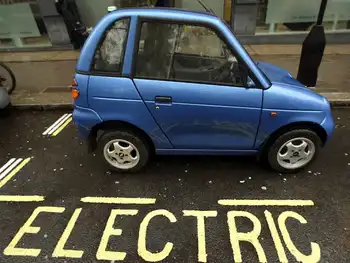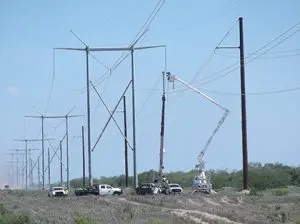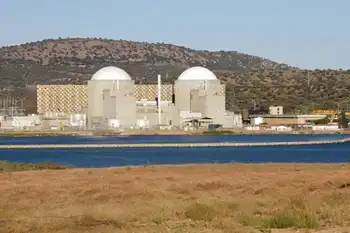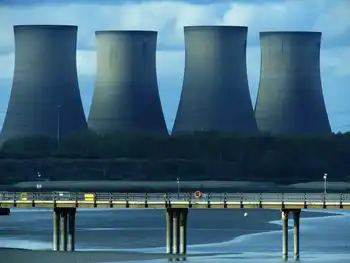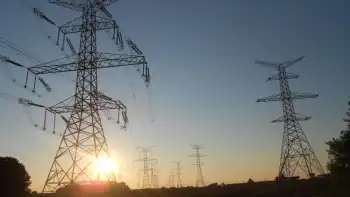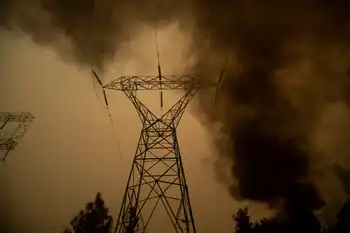Schneider, Alstom to split the “T&D” of Areva
By Automation.com
CSA Z462 Arc Flash Training - Electrical Safety Essentials
Our customized live online or in‑person group training can be delivered to your staff at your location.

- Live Online
- 6 hours Instructor-led
- Group Training Available
Areva's board is considering the offer.
The Areva Supervisory Board of November 30 has announced its decision to enter into exclusive negotiations with Alstom and Schneider Electric for the acquisition of the activities of its transmission and distribution business, Areva T&D.
Schneider Electric and Alstom are satisfied with the decision of Areva to retain their offer for exclusive negotiations. The aim of these negotiations is to finalize the disposal agreement which should ultimately need the approval of the “Commission de la Participation et des Transferts”, the view of employee representatives and the agreement of the competition authorities. The two partners restate that they propose a project which maximizes the value of the company and creates a coherent framework to develop Areva T&D’s activities, supported by strong commitments to Areva T&D’s employees.
A project which places T&D at the core of the strategy of the two groups and creates two global specialists in the upstream and downstream sectors of the electricity industry The proposed integration of Areva T&DÂ’s activities, currently number three worldwide, with Transmission moving to Alstom (around two thirds of the business) and Distribution to Schneider Electric (about one third), would transform Schneider Electric and Alstom into two of this marketÂ’s global leaders with an upstream pole, with power generation provided by Alstom (turnkey power plants, turbines and generators), completed by transmission (very high and high voltage) transferred from Areva T&D to Alstom; a downstream pole, with electrical distribution of Schneider Electric reinforced by the medium voltage activities of Areva T&D.
Alstom and Schneider Electric are opening up possibilities for industrial, commercial and technological synergies which, up until now, have not been available to Areva T&D: the link with power generation, the gain of critical size in the medium voltage market, access to wider markets and innovation for the entire electricity market.
Alstom and Schneider Electric will preserve and develop the links between transmission and distribution in all areas: commercial, through cross-purchasing agreements, technological, via the adoption of identical standards (hardware and software) and on innovation through an ambitious common R&D program on the “smart grid” concept.
Alstom and Schneider Electric will considerably extend the capabilities of Areva T&D in turnkey projects (currently €1.6 billion just for transmission and distribution) to more than €8 billion for the whole electricity industry with the addition of the capabilities of Alstom and Schneider Electric.
A project which guarantees a professional future for each Areva T&D employee Alstom and Schneider Electric have undertaken strong commitments towards Areva T&DÂ’s employees to guarantee their professional future and offer them the best opportunities to develop their skills in the long term.
Areva T&DÂ’s employees share experience, know-how and an industrial and commercial culture with those from Schneider Electric and Alstom which would facilitate their integration. The two partners do not foresee any restructuring linked to the acquisition and are committed to ensuring a professional future for each and every employee.
Furthermore, in Europe and up until the beginning of 2013, there will be no site closures. With the exception of the social plans which would have been communicated to employees before the date of disposal, there will be no mass redundancy plan other than a voluntary one, unless there is a significant downturn in the general economic conditions.
Alstom and Schneider Electric have also committed themselves to propose to all the employees in Europe an equivalent post in the same geographical area while maintaining their grade, seniority and remuneration.
Within Alstom, the employees of Areva Transmission will form a third sector, alongside Power and Transport. With the total support of the Group on the financial, human resources and technological aspects, they will be responsible for leading an ambitious growth strategy, enabling them to acquire or increase their leading positions in each of their activities.
By consolidating its very complementary medium voltage teams, Schneider Electric will create a new business called “Energy”, with sales of €4.6 billion for 22,000 employees.
Working closely with the management of Areva T&D, the two partners intend to lead a rapid integration which respects the needs of the teams.





